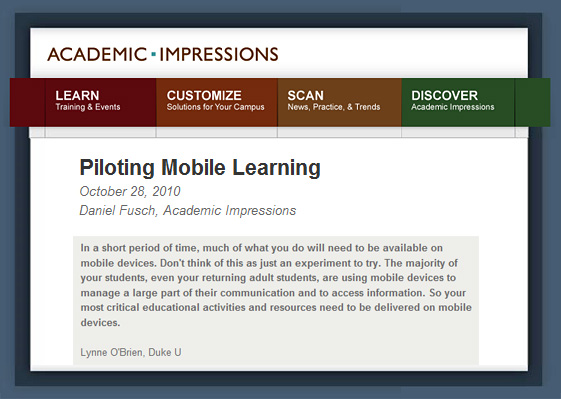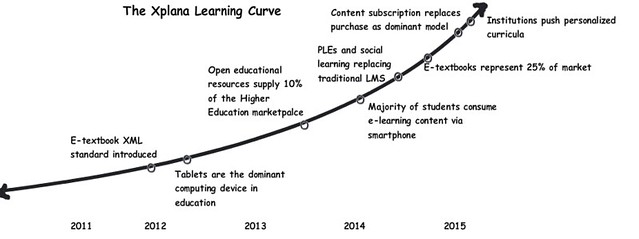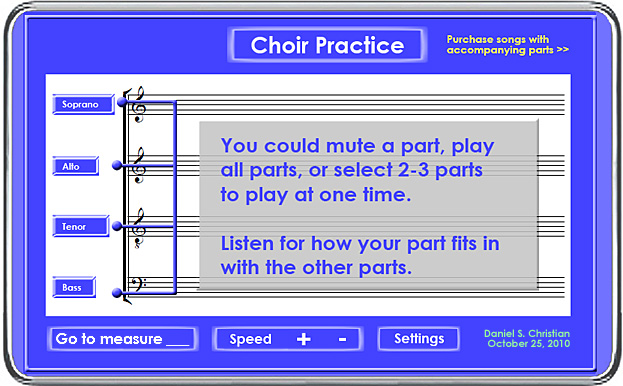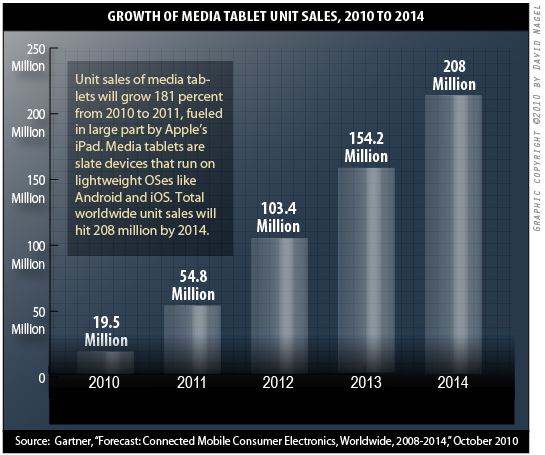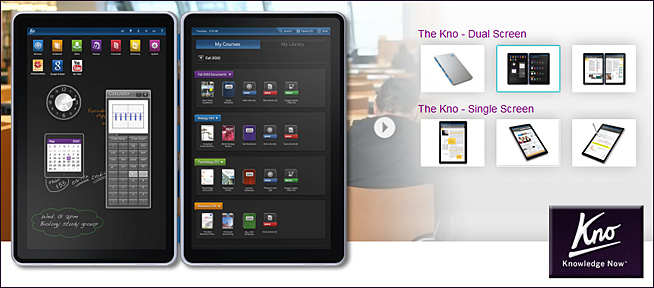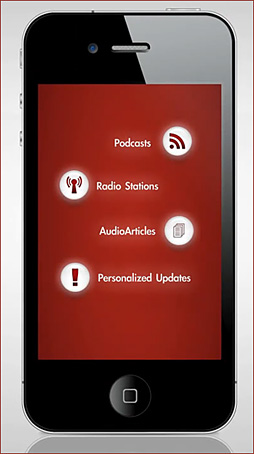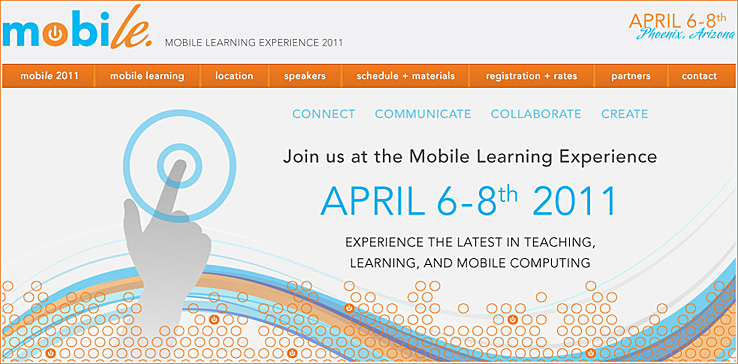Free webinar on “New Possibilities for Mobile Learning”, Nov. 2, 2010 — from The Mobile Learning Edge by Gary Woodill
1. Activity based learning – user controlled learning apps
2. Micro-blogging and text messaging – “social media”
3. Research tool – data collection
4. Trend tracking and analysis
5. Just-in-time Information Retrieval
6. Augmented Reality
7. Mobile Gaming and Virtual Worlds
8. Contextual learning – personalization and location
9. User Controlled Media Production/Playback
10. Performance support and coaching
11. Social networking and communities
12. Collaboration
13. Environmental Controls
14. Haptic Feedback
15. First person Documentation
16. Self-organized collective behavior
The Webinar is sponsored by Cornerstone OnDemand and Outstart. To register, click here. (GW)
Steve mentioned in his emails that we can pass this newsletter along…so that’s what I’m doing here.
- Virtual Tutors being developed at NC State
- Donald Tapscott’s synopsis of his new book (Macrowikinomics)
- Georgia Tech mobile phone app for campus events
- Allosphere stunning video demo
- A health application 4 times more powerful in improving health than drugs
- 3D surgery
- More smartphone apps
- Some neural network applications
- Smart credit cards
- More robots
- the danger of the Internet of Things.
- etc.
IBM survey says mobile apps will dominate enterprise — from WSJ.com by Timonthy Hay
Consumers love tablet computers and smartphones and are finding novel uses for the many applications that run on them. But the devices are catching on in a significant way in the business world as well, according to a new survey from International Business Machines Corp., the company responsible for building and running much of the country’s enterprise computing systems.
After surveying 2,000 information-technology professionals in 87 countries, IBM found that more than half believe that within the next five years, more developers will be working on mobile applications and cloud-based architecture than traditional computing platforms for enterprise.
Mobile Learning for Education — from JISC
This document introduces the subject of mobile learning for education purposes. It examines what impact mobile devices have had on teaching and learning practices and goes on to look at the opportunities presented by the use of digital media on mobile devices.
Introduction
Mobile learning is considered to be the ability to use mobile devices to support teaching and learning. It is the ‘mobile’ aspect of mobile learning that makes it stand apart from other types of learning, specifically designing learning experiences that exploit the opportunities that ‘mobility’ can offer us.
This is because mobile devices have features and functionality for supporting learners. For example, podcasts of lectures can be made available for downloading. Learners are to expected to engage with these learning resources whilst away from the traditional learning spaces.
Although some will say that physical books count as mobile devices too, in this advice document we are concerned with electronic mobile devices.
There is a wide range of mobile devices on the market including laptops, PDAs, and ebook readers. However, we will be looking at the most popular mobile device – the mobile phone. Mass proliferation of mobile phones and the features and functionality they offer make the device stand out as an area ripe for exploration. Mobile phones are multi-function devices which are of interest due to their very nature of offering ‘mobility’, but also for their ability to create and consume digital media.









